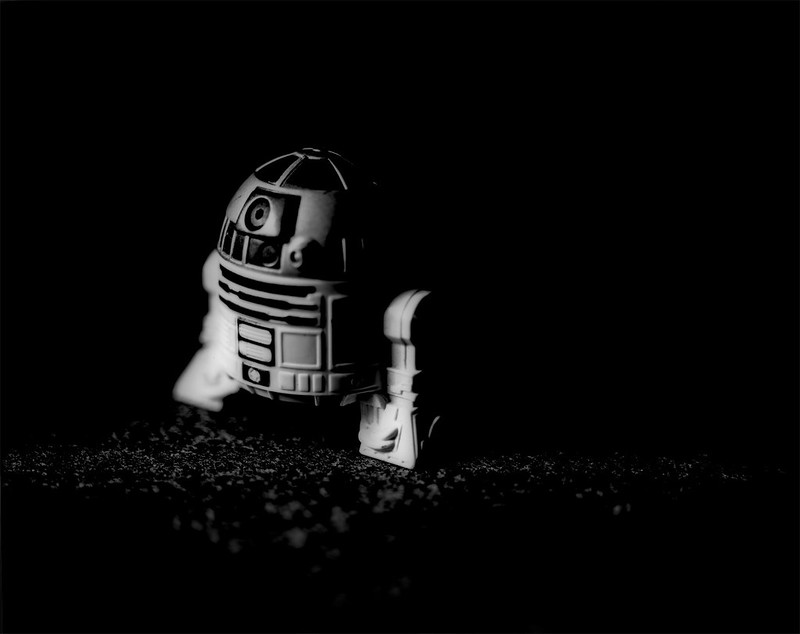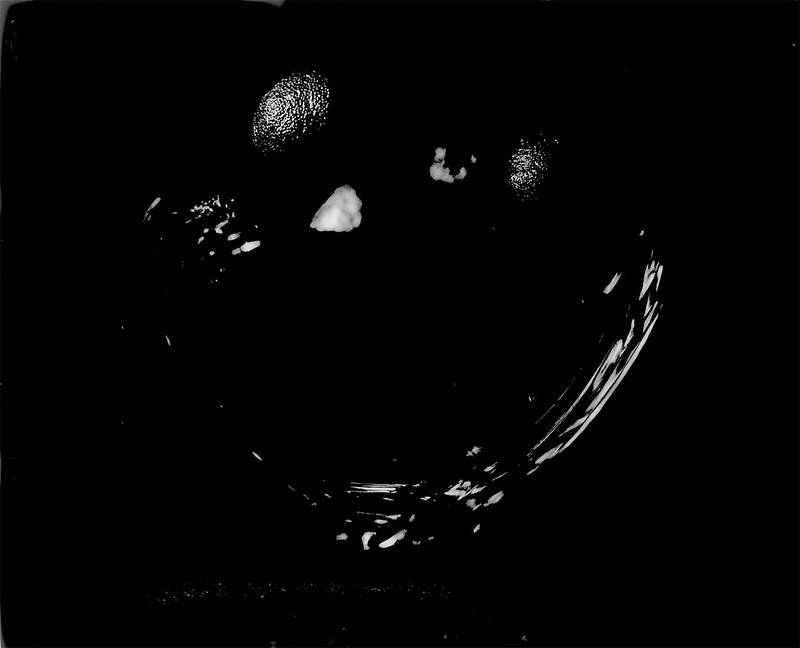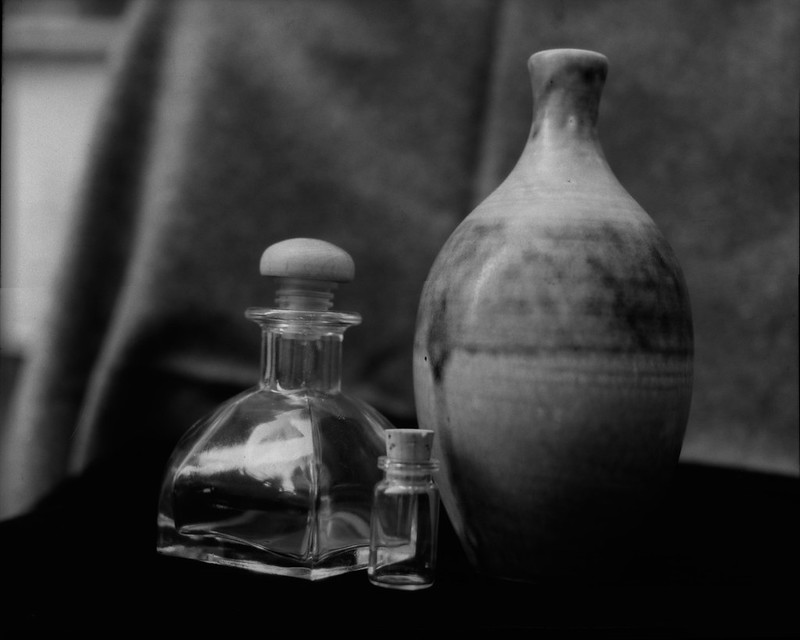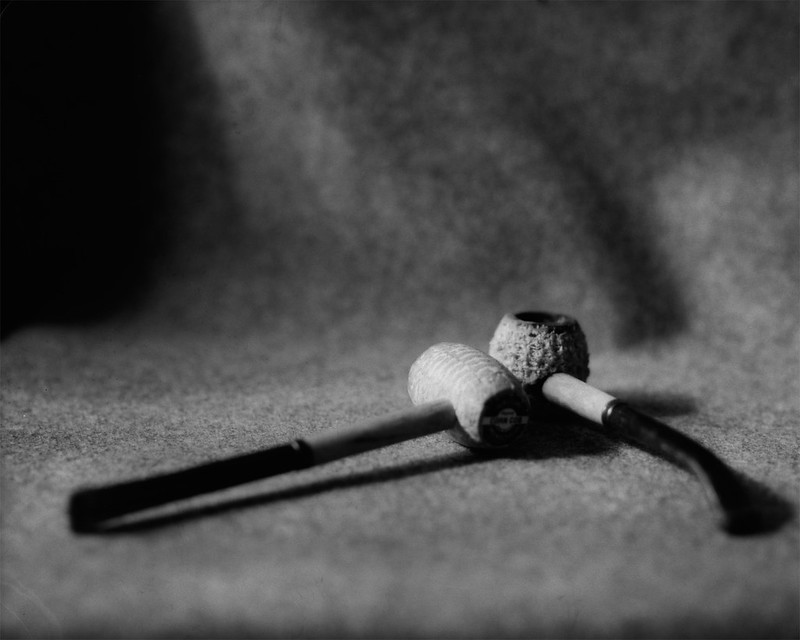This shotgun belonged to my great grandfather Roy Harr. It is a 2-round German Mauser bolt action Geha shotgun in 12ga. Now there's a lot to unpack there, but let me start by tying this back in to one of my previous "Like Your Grandpa" posts. In the first post in the series "Shave Like Your Grandpa" I talked about rituals and how we (mostly men) thrive on them. That was in the context of the shaving ritual, but shooting is not really different. In fact, I would argue that for shooting or handling any dangerous object, a ritual is critically important. Shooting is a rather long and involved ritual, especially with antique weapons like this. When you first lay your hands on a weapon, the first step in the ritual is to check to make sure that it is 'clear' (that is, not loaded). Then you might inspect it to make sure it is clean and in good working order. Once you are in a safe place to fire, you would load the weapon and at this point there are a number of safety "rituals" to follow (keep your finger off the trigger, don't point it at anything you don't want to destroy, etc.). Then there is the ritual of actually aiming, firing and in the case of bolt action firearms, ejecting the spent round and chambering the next. Attention to detail and doing things in the right order are important. So this is the appeal for me. I'm not a hunter. I'm a hobbyist. I shoot paper targets at the shooting range for fun. Part of that fun is getting the ritual right and seeing a good result.
Now about this shotgun... When Germany signed the Treaty of Versailles ending WWI in 1919, they agreed to not produce military arms. They could produce 'sporting arms' though. Now they had a large surplus of Mauser military rifles, so what to do with them? Melting them down seemed like a waste of a resource, so they decided to convert the rifles into shotguns. The shotguns were sold to farmers and hunters under a few different brands, Geha being one. My great grandpa Harr probably bought this new and used it on his farm in Washington state. When it was eventually handed to me by my uncle it hadn't been fired in many decades. I cleaned it and took it to a gunsmith to have it inspected. He said it was good to fire. There are many arguements in the shotgun community as to whether these are actually safe to fire. There are apocryphal and third hand stories of catastrophic failures, but I've yet to read anything that leads me to believe that they are dangerous in any systemic way. Remember these were built to withstand the high pressures of military rifle ammunition and so are "over-built" for the lower pressure of shotgun shells. The shotgun holds 2 rounds. I like to shoot a shell with bird shot followed by one with 00 buck shot. It's fun to feel the difference in the two rounds one right after the other. Of course the bird shot obliterates the paper target, so you can't really see the spread of the buck shot after that, but it's really just about the experience. No one shoots stationary paper targets at the range to improve their accuracy with a shotgun.
- Camera: Standard Cameras 4x5 1.0
- Film: Kodak Clinic Select Green x-ray film
- Developer: DIY Parodinal 1:100 x 4 minutes
- Fixer: Sodium Thiosufate/Sodium Sulfate basic non-hardening fixer









